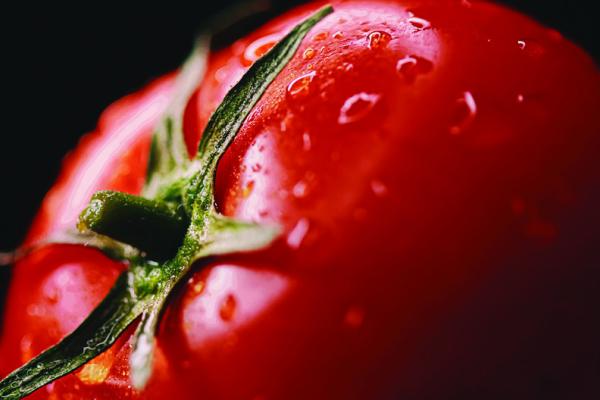Growing tomatoes isn’t easy, but worth it
Apr. 27—Salsa, soup, bruschetta, and spaghetti sauce are just a few food items gardeners can prepare with homegrown tomatoes.
Tomatoes are among the most popular backyard vegetables in the U.S. because of their taste and adaptability.
“Tomatoes are one of the most popular homegrown vegetables, and for good reason,” said Courtney DeKalb-Myers, horticulture educator at Cleveland County Oklahoma State University Extension. “Homegrown tomatoes are delicious. Unfortunately, they’re one of the hardest vegetables to grow.”
She said people prefer homegrown tomatoes because they taste better than their commercially grown counterpart.
“Commercial tomatoes are harvested prior to the breaker stage, shipped and gassed with ethylene, once they reach the local food distribution center,” she said.
The breaker stage is when a tomato starts to turn from green to red, or its final color.
While ethylene is a naturally occurring plant hormone, DeKalb-Myers said it’s applied before tomatoes turn red so they don’t have the opportunity to develop the same flavor as ones grown at home.
“Because homegrown tomatoes and locally grown tomatoes have a shorter time to the dinner table, we can pick them after the breaker stage,” she said.
Following a few tips and understanding a little tomato science can be the difference between making salsa for the neighborhood and begging a plant to produce enough tomato to top a single taco.
DeKalb-Myers recommends that planters choose a full sun location for the tomatoes.
“A little bit of afternoon shade can be a benefit during the heat of the summer, but generally the plants need a full six to eight hours of sunshine,” she said.
In the most successful harvests, planters keep the soil consistently moist but well-drained.
“Raised beds or planting in mounds can help in areas with poor drainage,” she added. “The soil should be high in phosphorus with moderate amounts of nitrogen and potassium and the pH should be slightly acidic. These values can be confirmed by conducting a soil test prior to planting.”
Gardeners should also familiarize themselves with different tomato species and decide on what kind they want. Tomatoes fall under two categories: determinate and indeterminate.
“Determinate tomatoes flower, set fruit, and ripen all it once. These plants are bushier and better suited for containers,” DeKalb-Myers said. “Indeterminate tomatoes grow progressively. If the plants are kept happy and healthy, they’ll continue to grow until met with a freeze.”
For those who want a quick tomato, she recommends cherry and grape tomatoes, which are easier to grow and make great snacks.
“Plums, or Roma types, are meatier tomatoes that are excellent for preparing sauces or salsas. Slicers are great for burgers, sandwiches, and that wonderful summer BLT,” DeKalb-Myers said.
Those who are pickier may consider yellow tomatoes, which are sweeter and lower in acid.
“I used to work for a farmer who would say ‘pick it if the tomato is thinking about turning red,’” she said.
Tomatoes are native to the Andes of South America and are used to warm days and cool nights. She said in Oklahoma, it is important to pick tomato types that can handle warmer weather.
Many tomato growers experience what DeKalb-Myers calls “blossom end rot,” which is dead tissue at the bottom of fruit caused by a calcium deficiency in plant cells.
“It’s rarely a calcium deficiency within the soil, but rather a calcium deficiency within the fruit,” she said. “Calcium movement relies on transpiration, which is the exhalation of water vapor through the plant.”
To fix this, she recommends mulching and regular watering.
“Growing tomatoes is not for the faint of heart,” she said. “It can be challenging, especially in Oklahoma. I think it’s worth the work though, because nothing can beat that summertime tomato flavor.”


